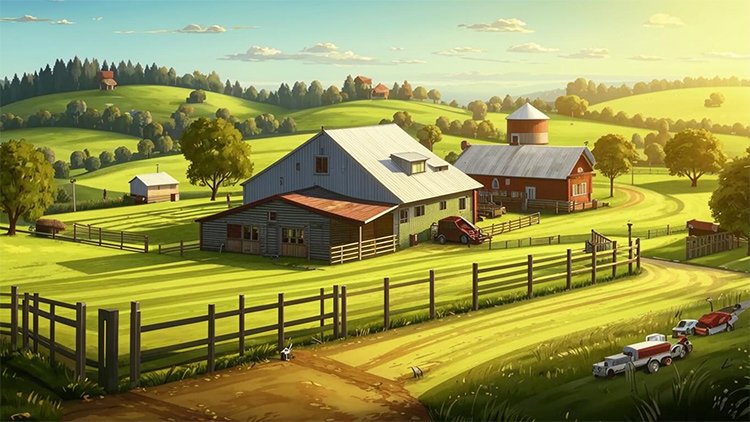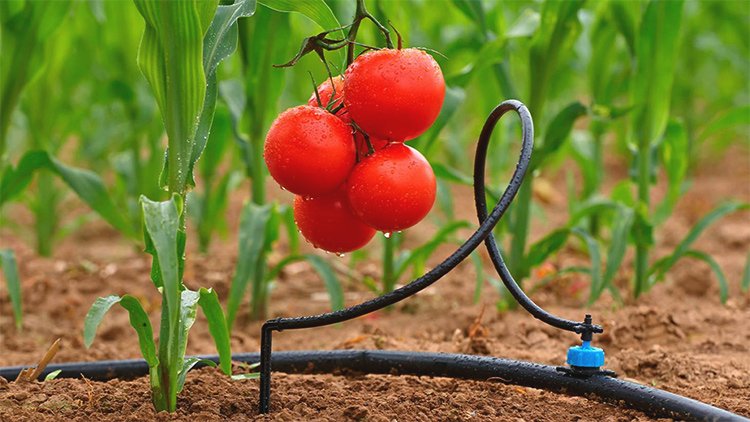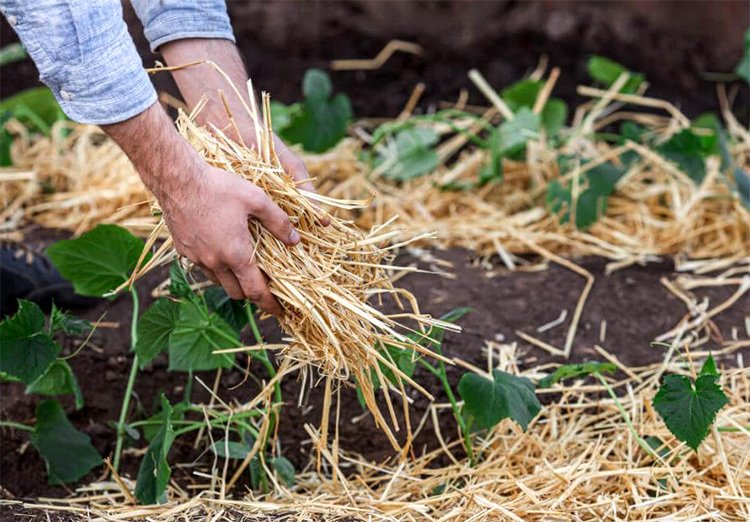
Water and energy are crucial resources for any agricultural operation, from large-scale farms to backyard gardens. Efficiently managing these resources not only reduces operational costs but also contributes to environmental sustainability. This article explores practical and effective methods for conserving water and energy in agriculture, applicable to both professional farmers and home gardeners.
Water Conservation Techniques
Drip Irrigation

Instead of flooding fields or using overhead sprinklers, drip irrigation delivers water directly to the plant roots, minimizing evaporation and runoff. This method is highly efficient, particularly for crops with deep roots and in arid climates. Drip systems can be customized for various garden layouts and plant types, making them suitable for both large and small-scale applications.
Rainwater Harvesting
Collecting rainwater in barrels or tanks provides a free and sustainable water source for irrigation. This harvested water can supplement or even replace municipal water supplies, significantly reducing water bills and dependence on external resources. Home gardeners can easily implement rainwater harvesting with simple setups, while farmers can invest in larger systems for greater capacity.
Soil Moisture Monitoring
Understanding the soil’s moisture content helps avoid overwatering. Simple tools like moisture meters or even the finger test can provide valuable insights. By irrigating only when necessary, you conserve water and prevent issues like root rot caused by excessive moisture. Data-driven irrigation scheduling, using weather forecasts and soil moisture sensors, offers a more precise approach for larger farms.
Mulching

Applying a layer of organic material like straw, wood chips, or compost around plants suppresses weed growth, reduces evaporation, and improves soil health. Mulch acts as an insulating layer, keeping the soil cooler in summer and warmer in winter, further reducing water stress on plants.
Energy Conservation Strategies
Optimizing Equipment Efficiency
Regular maintenance of farm equipment, such as tractors and irrigation pumps, ensures they operate at peak efficiency, minimizing fuel consumption. Simple practices like using the correct tire pressure and keeping air filters clean can make a significant difference in energy use. For smaller operations, using hand tools or electric-powered equipment can be a more energy-efficient alternative.
Renewable Energy Sources
Explore options like solar panels and wind turbines to generate electricity on-site. Solar-powered pumps can be particularly effective for irrigation, reducing reliance on grid electricity and lowering operational costs. Government incentives and tax credits can make these investments more financially attractive.
Energy-Efficient Lighting
In greenhouses or indoor growing setups, switching to LED lights significantly reduces energy consumption compared to traditional incandescent or fluorescent bulbs. LEDs also produce less heat, further lowering cooling costs.
Precision Agriculture Technologies
Leveraging technologies like GPS-guided tractors and drones allows for more precise application of fertilizers and pesticides, minimizing waste and optimizing resource use. While the initial investment can be substantial, these technologies can lead to long-term cost savings and increased productivity.
Combined Water and Energy Saving Practices
Drought-Tolerant Crops
Choosing crops that are naturally adapted to dry conditions reduces the need for frequent irrigation, saving both water and the energy required for pumping and distribution.
No-Till Farming

Minimizing soil disturbance through no-till farming practices improves soil health, reduces erosion, and enhances water retention. This in turn reduces the need for irrigation and the associated energy costs.
Conclusion
Implementing water and energy conservation methods in agriculture is essential for both economic and environmental sustainability. By adopting the practices outlined in this article, farmers and gardeners can reduce their operational costs, conserve valuable resources, and contribute to a healthier planet. From simple steps like mulching and rainwater harvesting to more advanced technologies like precision agriculture, there are numerous opportunities to improve efficiency and create a more sustainable agricultural future. Start small, experiment with different techniques, and find what works best for your specific needs and circumstances.